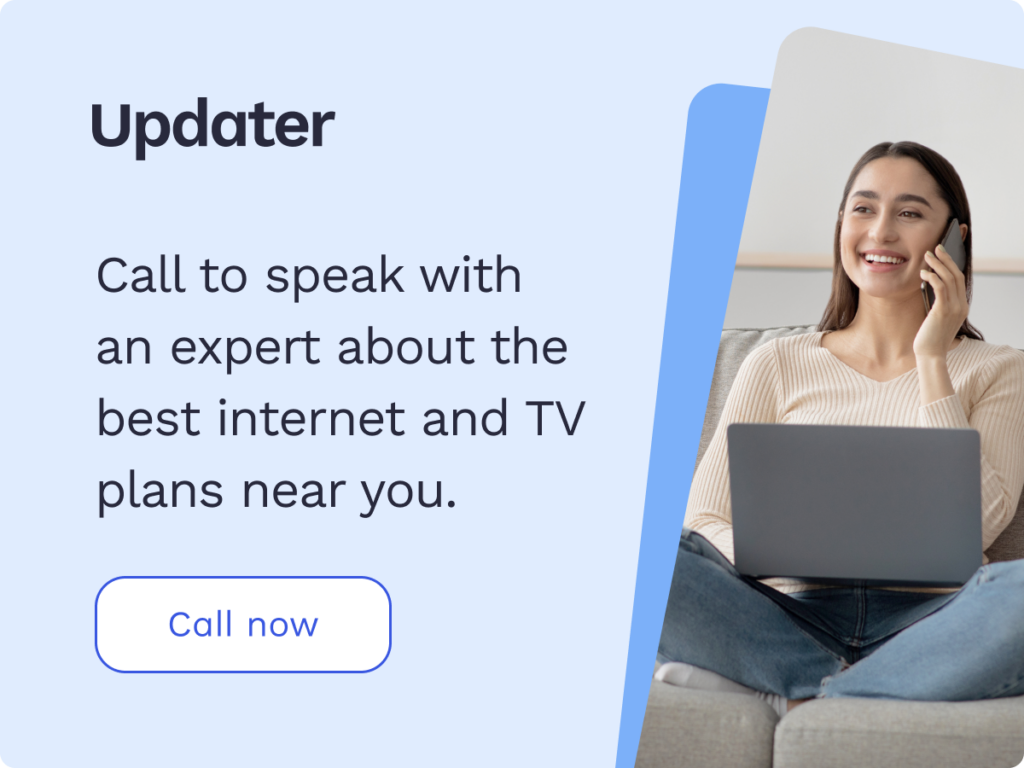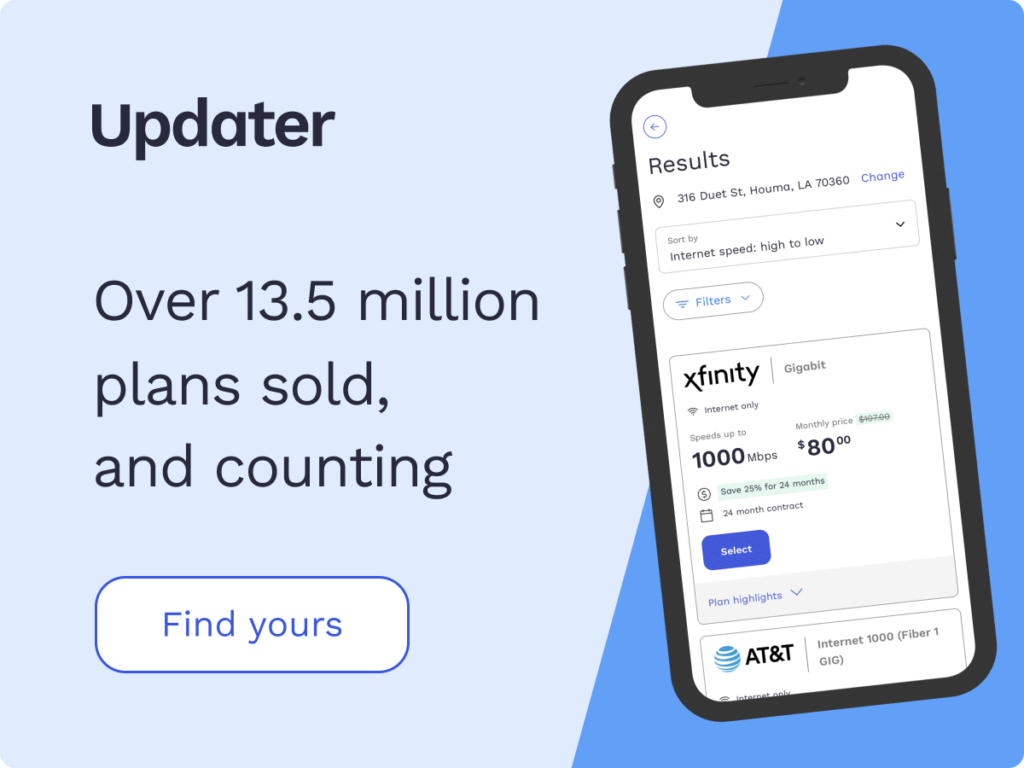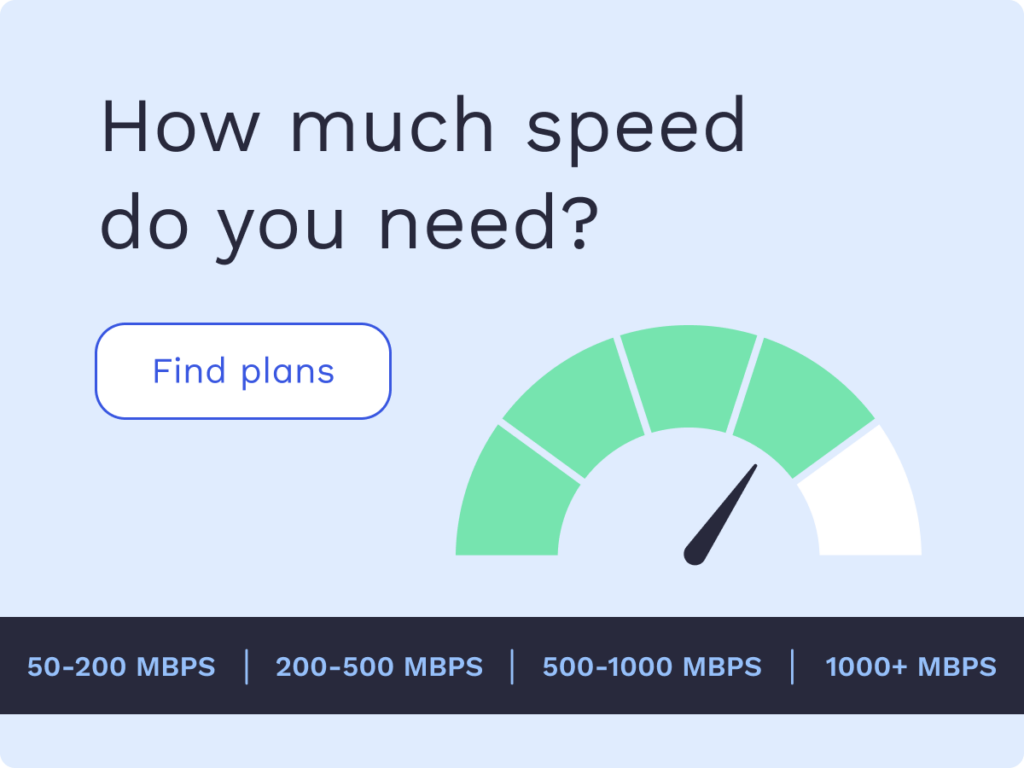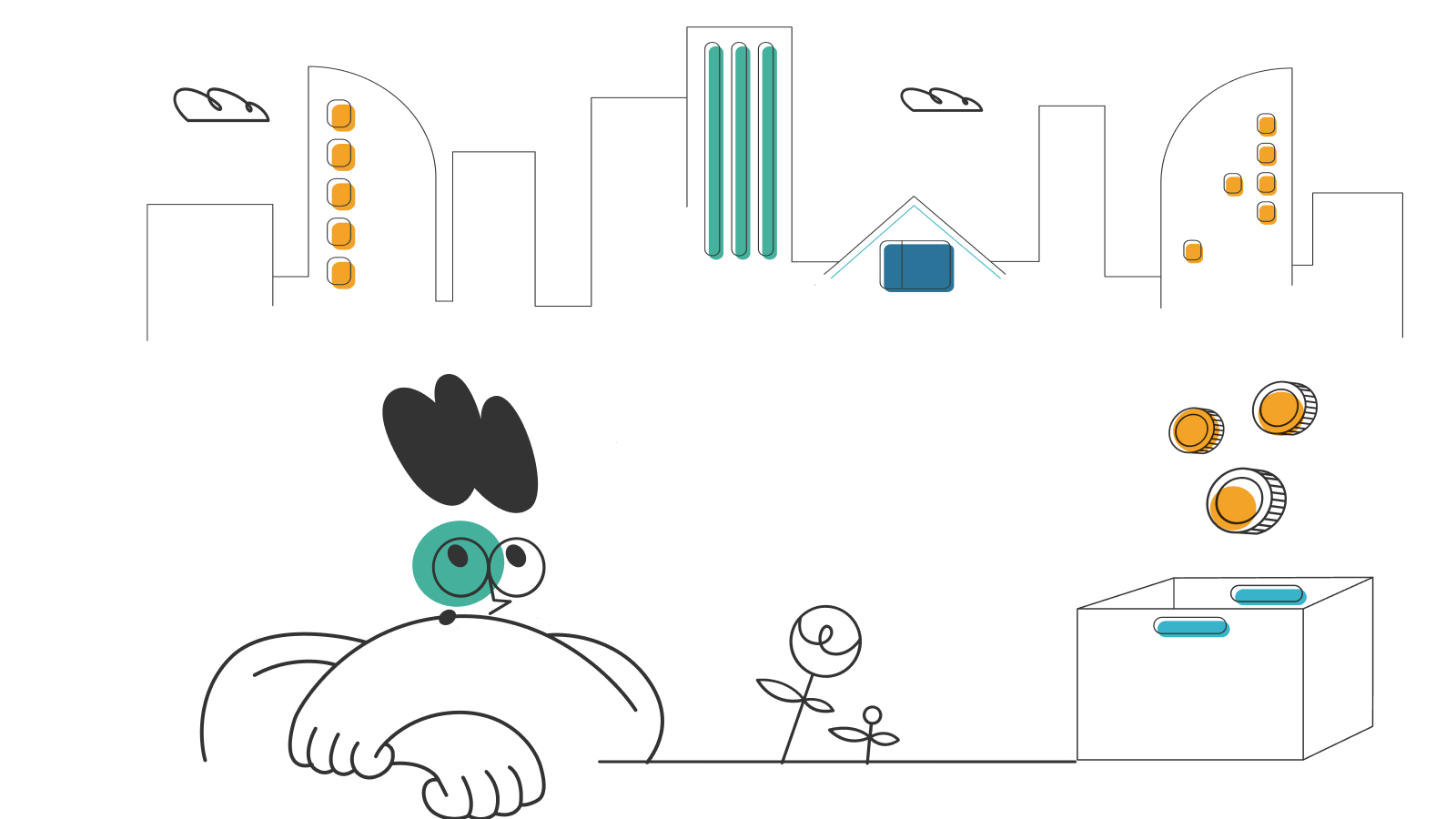A Guide to Internet Resources for Native Americans
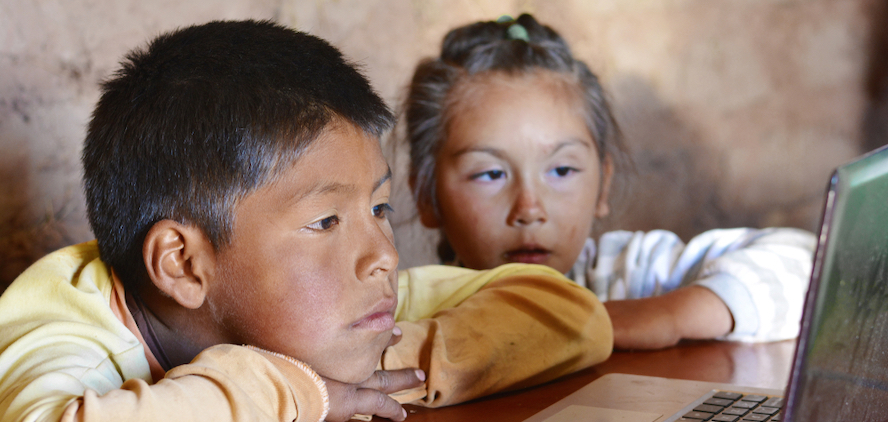
Though having reliable access to internet service has become an integral part of daily life, households located on tribal lands across the US have been labeled as “chronically disconnected” in terms of access. In fact, as of 2022, the American Indian Policy Institute (AIPI) found that 18% of tribal land residents do not have access to the internet, while 33% rely solely on a smartphone.
In response to the digital divide in America, government programs such as the Affordable Connectivity Program (ACP) and Lifeline have been implemented and include special provisions for those living on tribal lands. Other Native American-focused programs, such as the Tribal Broadband Connectivity Program (TBCP) and the Institute of Local Self-Reliance (ILSR), have started working towards closing the gaps. Some internet service providers (ISPs) also have specific programs that indigenous households may qualify for.
Curious about which programs are available for you? We’ve gathered details about each program’s benefits and requirements so you can decide which option may be a good fit for your household.
- Tribal Broadband Connectivity Program
- ILSR’s focus on Indigenous Broadband Networks
- Government internet assistance programs
- ISP options
- Frequently asked questions (FAQs)
Tribal Broadband Connectivity Program
The Tribal Broadband Connectivity Program will provide $980 million in funding to help tribal governments build infrastructure to provide access to broadband on tribal lands, among other initiatives. At the close of the application window on September 21, 2021, the National Institute of Tribal Affairs (NITA) had received more than 280 applications totaling more than $5 billion in funding requests.
As of June 2022, 33 projects have been funded for almost $84 million. Most funded projects aim to build infrastructure and/or provide affordable access to services such as telehealth and distance learning for those living on tribal lands. NITA continues to review applications.
ILSR’s focus on Indigenous Broadband Networks
The offices of the ISLR are all located on indigenous land, and their main focus is creating a higher degree of self-reliance for those who live on designated tribal land. One of these pathways to self-reliance is access to broadband services. Their focus on Indigenous Broadband Networks is a two-prong approach:
- Promoting and supporting broadband networks owned by Native nations
- Helping Native nations partner with existing ISPs to build partnerships that are beneficial to those living on tribal lands
Their website also details projects in the works to help implement, support, or increase broadband access on tribal lands.
Government internet assistance programs
Affordable Connectivity Program
On March 1, 2022, the original Emergency Broadband Benefit program was replaced by the Affordable Connectivity Program (ACP). Not all internet service providers are approved ACP partners. However, if a participating ISP in your area is and you qualify for the program, the monthly discount might be enough to make your monthly internet payment very low or there may be no cost at all. You can qualify for the ISP if you don’t live on tribal lands, but if you do, you can potentially get a bigger monthly benefit.
Benefits
Eligible households on tribal lands may receive up to $75/month, while low-income households not on tribal lands may receive up to $30/month.
Households that qualify for ACP may also be eligible for a $100 credit on a tablet, desktop or laptop. You will be required to pay at least $10 of the total cost, but not more than $50 to receive the credit.)
Applying the monthly ACP credit towards your internet plan through an approved ACP partner may make your bill low cost, or even free, depending on your chosen internet plan.
Qualification Requirements
- The household must be 200% or more below Federal Poverty Guidelines, and
- One or more members of the household is a participant in at least one of the following programs:
- Receive assistance from the Bureau of Indian Affairs
- Tribal Temporary Assistance for Needy Families (TANF)
- Food Distribution Program on Indian Reservations (FDPIR)
- National School Lunch Program (NSLP)
- School Breakfast Program (SBP)
- Supplemental Nutrition Assistance Program (SNAP)
- Medicaid
- Federal Public Housing Assistance (FPHA)
- Supplemental Security Income (SSI)
- Special Supplemental Nutrition Program for Women, Infants, and Children (WIC)
- Lifeline
You will also need to meet the low-income qualification requirements of the ISP that you will be using, but individual ISP requirements are generally similar to those required by ACP.
To sign up, you can submit your application online or mail in a paper form.
Lifeline
Lifeline is a program managed by the Federal Communications Commission (FCC). The purpose of the program is to help provide affordable internet options to low-income families.
Benefits
Qualifying households on tribal lands can receive a monthly discount of up to $34.25 on internet service.
Qualification Requirements
To qualify, your household must be at least 135% below the Federal Poverty Guidelines, and one or more members of the household need to participate in at least one of the following programs:
- Bureau of Indian Affairs General Assistance
- TANF
- FDPIR
- FPHA
- SNAP
- SSI
- Medicaid
- Veterans Pension and Survivors Benefit
- Head Start (only for households meeting the income qualifying standard)
You can find out if your household is eligible by completing the Lifeline questionnaire. You can also apply online or by printing out an application to mail in. Proof of participation in a qualifying program may be required.
ISP options
Even if you don’t qualify for a government-sponsored program like ACP or Lifeline, some ISPs have internet plans geared specifically towards low-income households. While these programs may not be specifically geared only towards Native Americans, your household may still qualify.
Xfinity
Internet Essentials by Comcast is the low-income internet option provided by Xfinity. If you live within one of the 40 states where Xfinity internet is available, you may be able to take advantage.
Benefits
- A free wireless gateway
- No activation fees
- No monthly equipment rental fees
- Take advantage of Xfinity hot spots
- $9.95/month for up to 100Mbps (speed options may vary by location)
Qualification Requirements
To qualify for the Comcast Internet Essentials plan, you must:
- Live in an area where Xfinity service is available
- Qualify for, and be taking advantage of, one of the following:
- Tribal assistance from organizations like TANF and FDPIR
- NSLP
- SNAP
- Medicaid
- SSI
- Other programs may be applicable for qualification as well.
If you apply online and are approved, you may have home internet within five to seven days.
AT&T
AT&T is an approved partner with ACP. This means if you live in one of the 21 states that it services and you are approved for ACP, your internet service could potentially be free after applying the (up to) $75 ACP credit for households on qualifying tribal lands.
Benefits
- No deposit required
- Free installation
- $30/month or less (options vary according to where you live)
Qualification Requirements
- AT&T eligibility requirements are separate from ACP requirements and include the following:
- A member of your household must be approved for ACP and live in an AT&T service area
- At least one household member must also qualify for one of the following programs
- NSLP
- SNAP
- SSI (applies to California residents only)
- Have a household income 200% below the federal poverty guidelines
Verizon
Verizon Fios internet services can currently be accessed primarily in the Northeastern US. Verizon is an approved ACP partner, so although Verizon does not offer a special plan for low-income households, it does have plans that are low enough in cost that your internet could potentially be free, depending on which plan you choose.
Benefits
Three discounted plans options are offered to qualified participants:
- 300Mbps – Starts at $49.99/month (potentially free with the $20 Fios Forward discount and (up to) $75 ACP credit for households on qualifying tribal lands)
- 500Mbps – Starts at $64.99/month (potentially free with the $20 Fios Forward discount and (up to) $75 ACP credit for households on qualifying tribal lands)
- Gigabit – Usually starts at $89.99/month, but is potentially free with the $20 Fios Forward discount and (up to) $75 ACP credit for households on qualifying tribal lands
Qualification Requirements
To qualify, you must:
- Apply for ACP and be approved
- Live within an area serviced by Verizon Fios
- Choose a Verizon Fios internet plan within 90 days of receiving ACP approval
More information about applying your ACP credit towards your Verizon Fios internet plan can be found online.
Suddenlink
Suddenlink is another provider that is an approved partner with ACP, so if you live within any of the areas within the 17 states that Suddenlink services and are approved for ACP, you can apply the (up to) $75 credit for households on qualifying tribal lands to any Suddenlink internet plan.
Benefits
- Suddenlink allows you to provide your compatible modem to save the equipment rental fee
- Suddenlink’s 300Mbps plan starts at $39.99/month, so if you are approved with ACP, your internet may be free for 300Mbps
Qualification Requirements
- Someone within the household must be approved for ACP and have the credit applied to your Suddenlink internet bill
- Must live within an area serviced by Suddenlink
Optimum
If you live in an area within the five states Optimum internet is available, you may be able to take advantage of the Optimum Advantage plan (previously known as Altice Advantage Internet), which is available to qualifying low-income households.
Benefits
- No-cost Wi-Fi router included with service
- Free installation
- No long-term contract required
- $14.99/month for up to 50Mbps
Qualification Requirements
To take advantage of the Optimum Advantage internet plan for low-income households, you must meet at least one of the following criteria:
- Have a child living in the household who is attending grades K-12and also qualifies for the NSLP
- Either be eligible for or receive SSI
- Be a veteran who receives state or federal public assistance
You can apply online or call Optimum for more details.
Frequently asked questions (FAQs)
If an ISP offers a low-income program not explicitly geared toward households on tribal lands, can I still qualify?
Yes. As long as you meet the individual ISP’s specific eligibility requirements (such as living with a qualifying service area and meeting one or more of their other requirements), you can still qualify for their programs as long as you can prove eligibility.
Do ACP or other low-income internet benefits expire?
As long as you remain eligible for government-funded programs or ISP-specific low-income plans, your benefits will not expire.
Will ACP pay me directly?
No. If you are approved for ACP benefits, you will first need to make sure your preferred ISP is an approved ACP partner and then you will need to work with ACP and your vendor to have the credit applied towards your monthly bill. No payment will be sent directly to you.
*Pricing varies by location and availability. Speeds may vary. All prices subject to change; for current pricing and availability visit our internet service page. Prices as of 6/22/22.
Disclosure | Updater articles are based on our own data and research, independent from partner relationships. We are not compensated by partners for information and opinions presented here. Our Editorial Terms of Service can be found here.
